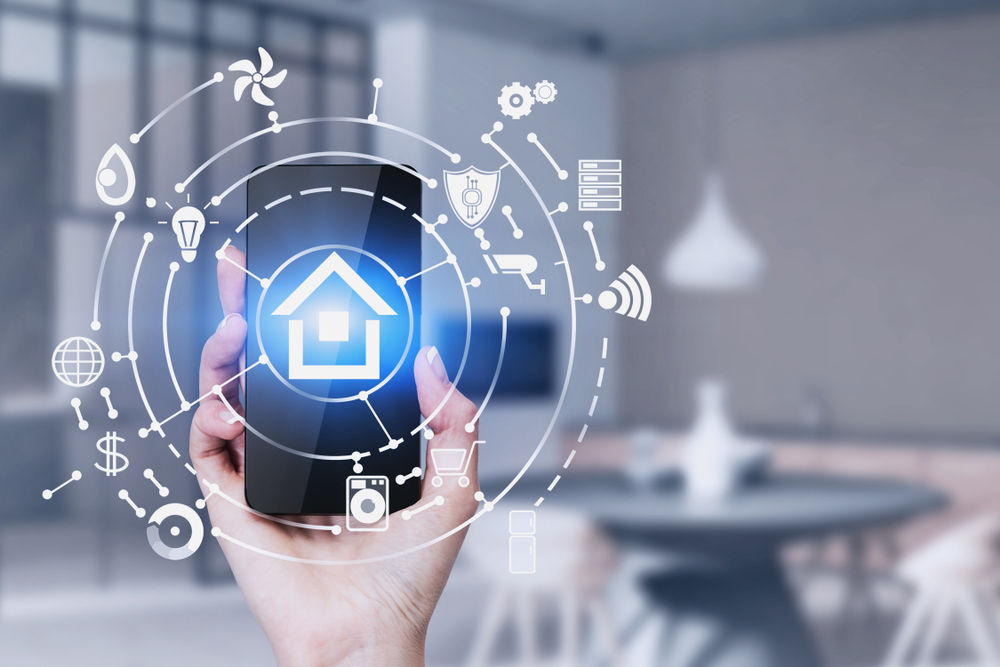
Sustainable Home Automation: Harnessing Technology for a Greener Future
Share
In today's fast-paced world, integrating technology into our homes goes beyond mere convenience; it represents a crucial step towards sustainability. With the rising interest in creating smarter, eco-friendly living spaces, sustainable home automation emerges as a vital solution. So what does this mean for tech enthusiasts and professionals committed to enhancing energy efficiency and pursuing eco-friendly advancements?
Adopting sustainable home automation is more than just installing cutting-edge gadgets; it involves crafting a cohesive system that improves energy efficiency, minimizes waste, and encourages environmental stewardship. Grasping the fundamental principles and innovative technologies behind this trend is essential for those pioneering advancements in technology and sustainability.

The Evolution of Smart Homes
Over the last decade, smart home technology has made tremendous strides. Once perceived as a luxury, the incorporation of smart devices is now more accessible and essential for eco-conscious homeowners. Today, we witness the integration of smart thermostats, advanced lighting systems, and energy-efficient appliances, all connected to form an environmentally friendly home ecosystem. For example, products like Nest and Ecobee have transformed thermostats by optimizing heating and cooling schedules, which significantly cuts energy consumption.
Additionally, the widespread use of voice-activated assistants, such as Google Home and Amazon Alexa, showcases how seamlessly technology can be woven into our daily lives, not just for convenience but also to support sustainable practices.
Tech-Savvy Energy Management
At the heart of sustainable home automation is effective energy management. Devices like smart meters and home energy monitorsprovided by companies such as Sense and Owlenable homeowners to track and control their energy usage in real-time. This valuable data empowers users to make informed decisions, spot inefficiencies, and optimize their energy consumption habits.
Moreover, integrating solar energy systems into home automation has revolutionized energy usage. By connecting solar panels with smart home systems, users can dynamically adjust their energy consumption based on solar availability, store surplus energy, and reduce dependence on non-renewable sources.
Eco-Friendly Automation: A Necessity, Not a Choice
As climate change and environmental issues dominate global discourse, it is crucial for technology to adapt accordingly. Sustainable home automation systems not only help to reduce energy consumption but also work towards lowering carbon footprints. The implementation of green construction technologies, as highlighted in this sustainable design article, exemplifies how this integration can boost sustainability in smart homes.
In addition to energy efficiency, sustainable home automation promotes water conservation. Smart irrigation systems, for instance, tailor watering schedules according to weather forecasts and soil moisture levels, ensuring water is only utilized when necessary.
Automation: A Gateway to Sustainable Living
The journey towards achieving a harmonious balance between sustainability and automation presents challenges, but the potential benefits are immense. By investing in eco-friendly home automation solutions, both professionals and enthusiasts contribute positively to the environment and help lay the groundwork for future technological advancements.
To explore practical applications of these technologies, platforms like long-range sensors or hard water solutions can provide valuable insights and inspiration.

Frequently Asked Questions
What are the key benefits of sustainable home automation?
The main benefits include improved energy efficiency, lower utility costs, reduced environmental impact, and enhanced convenience and security in the home.
How does smart home technology contribute to sustainability?
Smart home technology enhances sustainability by optimizing energy use, minimizing waste, facilitating renewable energy integration, and improving resource management through automated systems.
Can existing homes be retrofitted with sustainable automation technology?
Absolutely! Many existing homes can be retrofitted with smart technologies such as smart thermostats, efficient lighting, and appliances, making the shift towards a sustainable home more achievable.
In conclusion, sustainable home automation is not just a passing trend; it is a transformative approach to modern living that prioritizes sustainability. By embracing these innovations, technology enthusiasts and professionals can not only benefit themselves but also contribute positively to the future of our planet.
